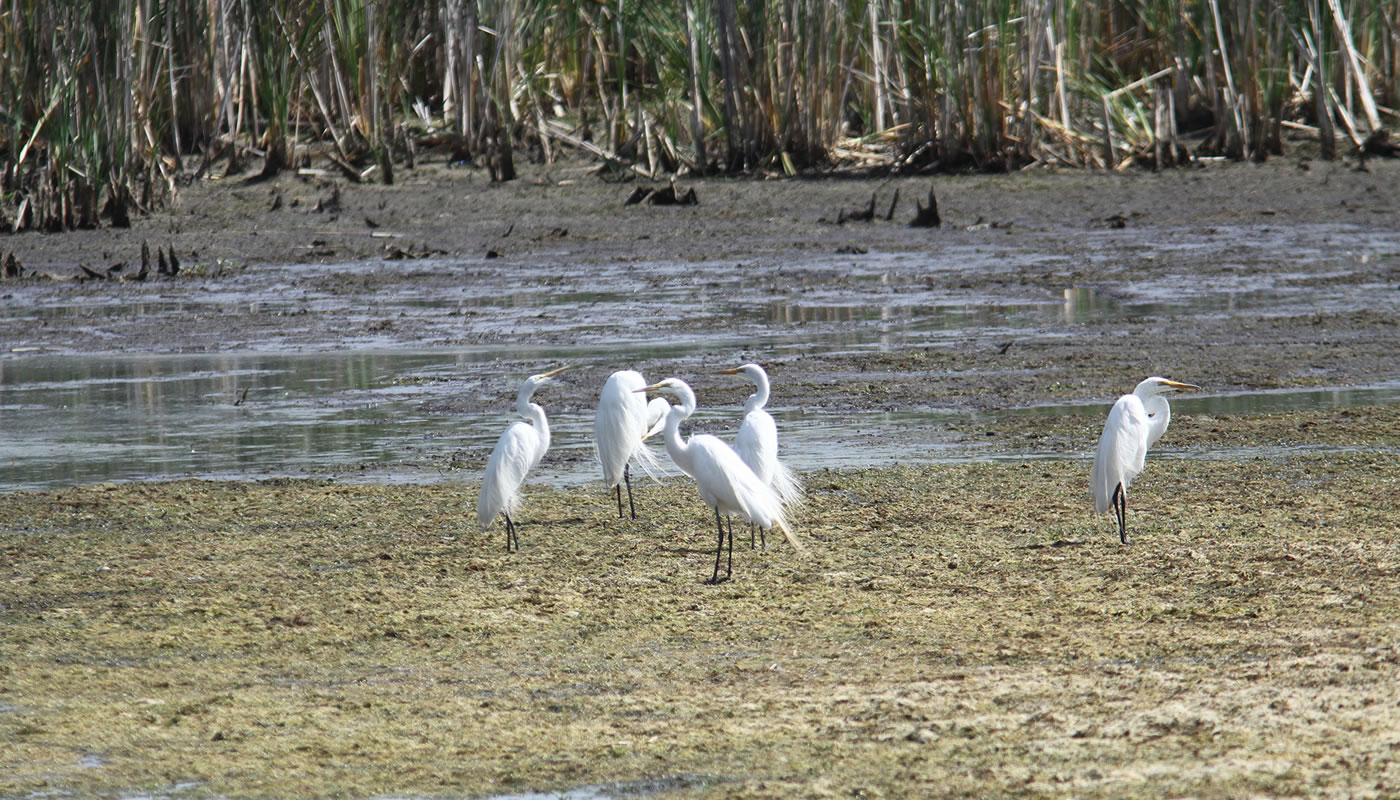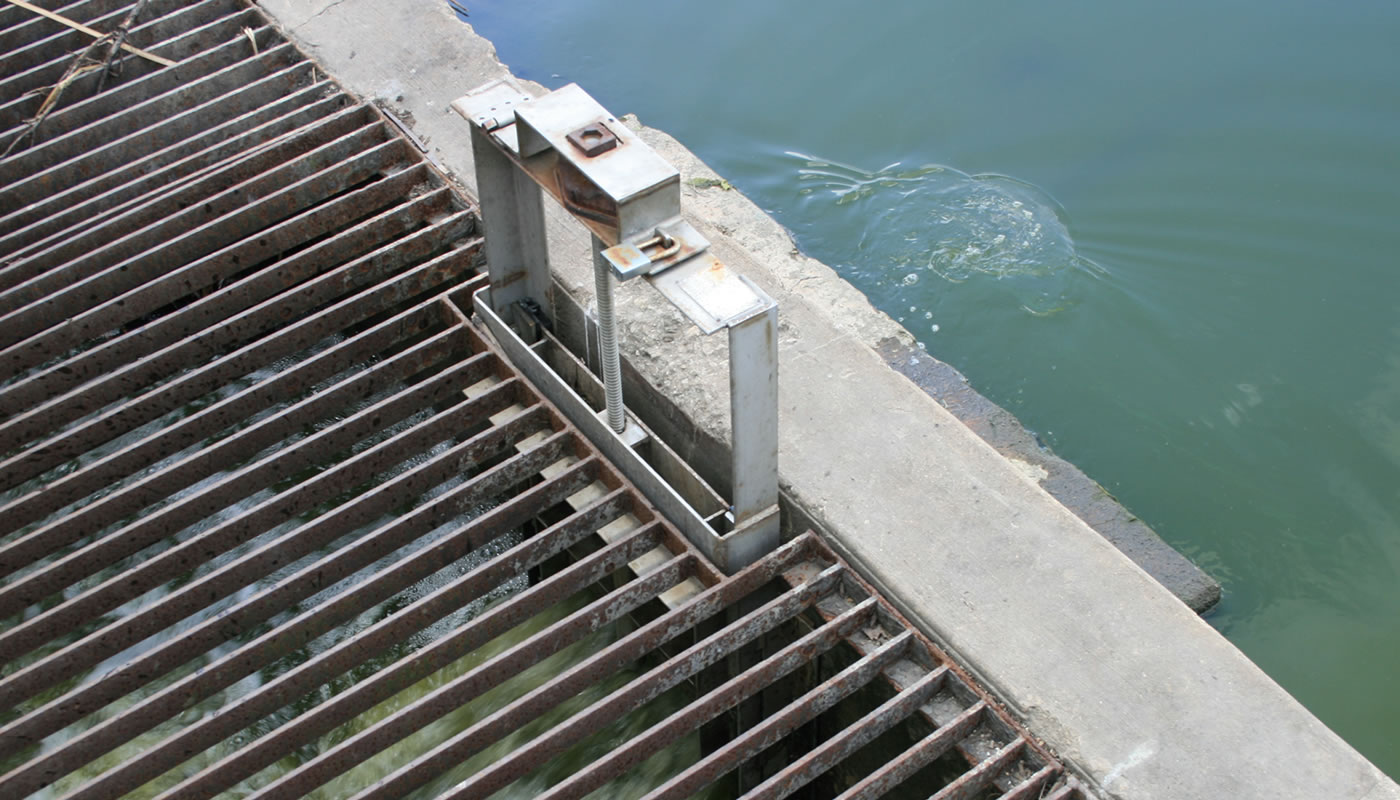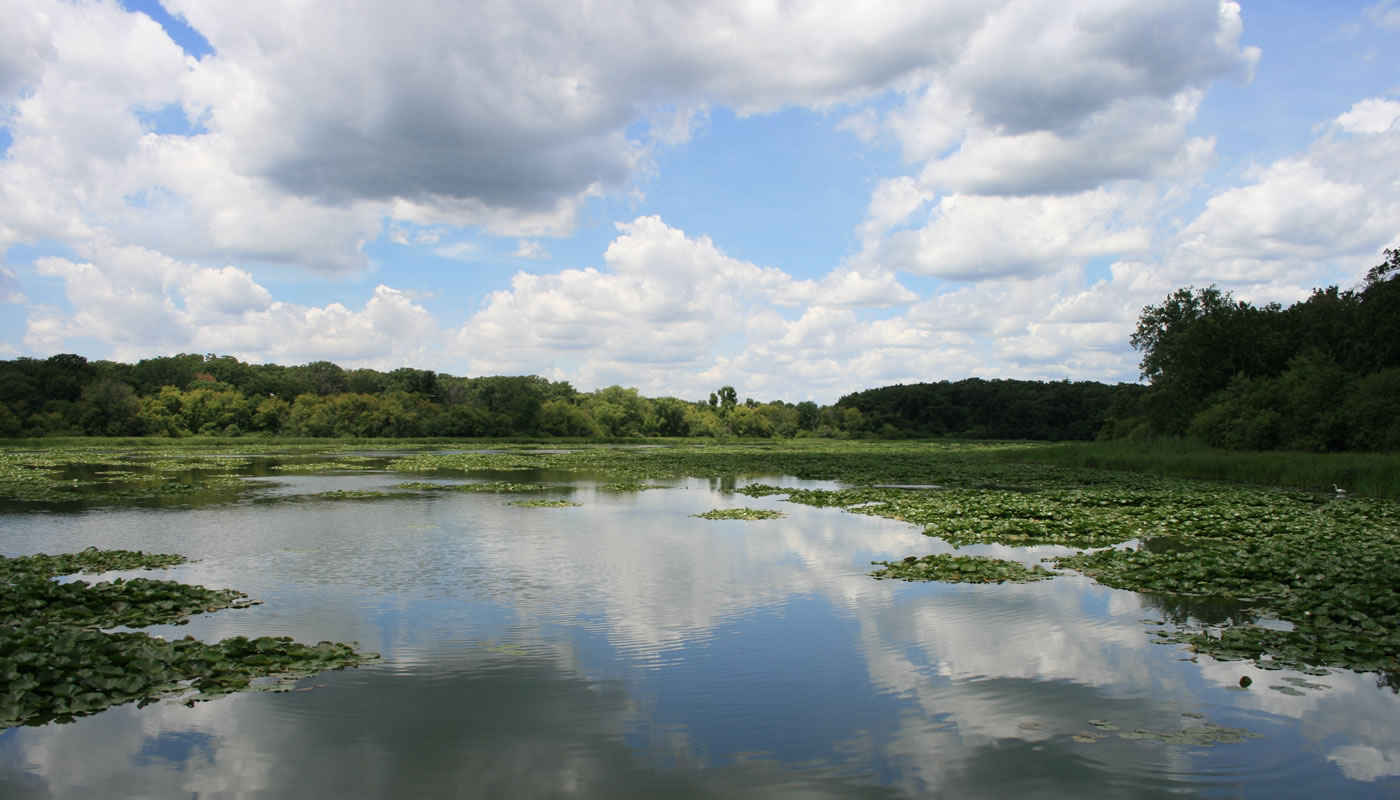Considered one of the best locations in Cook County to spot waterfowl and shorebirds, the 300-acre McGinnis Slough is a hotspot for migratory birds each spring and fall thanks to an annual draw down of the slough’s water level, achieved through a water control structure.
On this page:
Location & Things to Do
McGinnis Slough
Entrance
Things to Do & Amenities
- Parking
- Portable Bathroom
- No Fishing
- Birding Hotspot
- Portable bathroom open May 1 to October 31 depending on weather conditions.
Hours
Year-round: Sunrise to SunsetClosures & Alerts

Nature Notes
McGinnis Slough is a major stopover area in the spring and fall for migratory birds and is considered a prime bird watching location, with over 200 bird species recorded here.
The slough supports large numbers of ducks and geese in the spring and provides a resting area for migrating common loons and grebes heading north. In many years, large numbers of American white pelicans descend on the slough to feed and rest during spring migration. Beginning in August, a variety of shorebirds and large numbers of great blue herons and great egrets feed at the slough.
In order to provide suitable feeding and resting habitat for these birds, the Forest Preserves conducts an annual draw down of the water level starting in early July. In September, the water control structure that makes this manipulation possible is closed, allowing the slough to refill.

This draw down, conducted annually since the 1990s, opens up mud flats that provide habitat for shorebirds migrating from their breeding grounds in the high arctic to wintering grounds in Central and South America. Aquatic vegetation, including water smartweed, grows on the mud flats and provides food for migratory waterfowl that visit the slough later in the fall and early winter. The lower water level also allows herons and egrets to forage for fish.
The introduction of invasive common carp has dramatically impacted McGinnis Slough’s native fish, reptile and amphibian populations. The common carp’s breeding and feeding habits disrupt the life cycles of native fish like green sunfish, bullhead, bluegill and largemouth bass. Common carp also feed heavily on the eggs of native amphibians and reptiles that breed around the slough. The annual water level draw down helps with efforts to control common carp.

